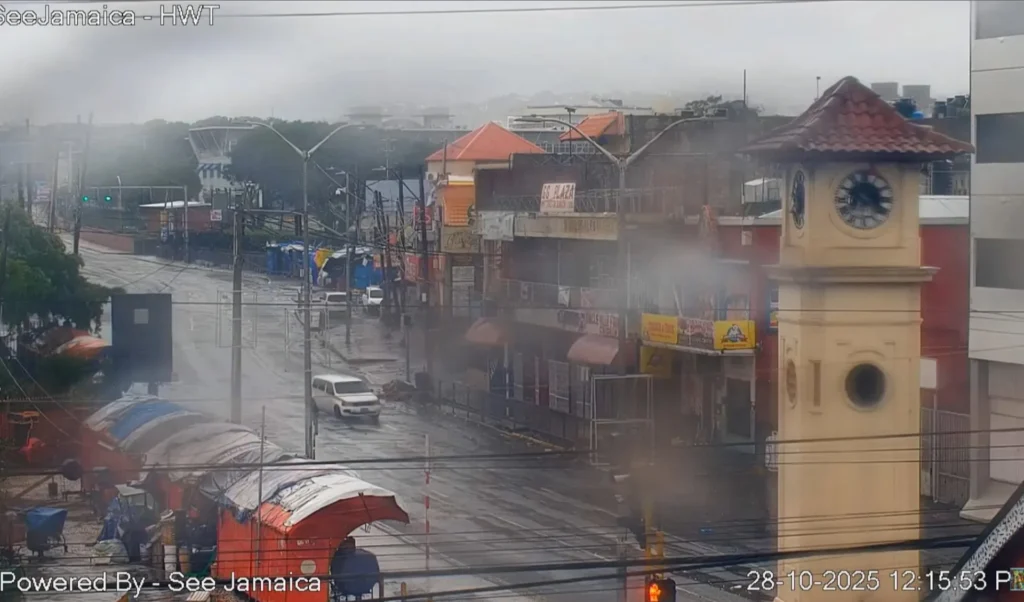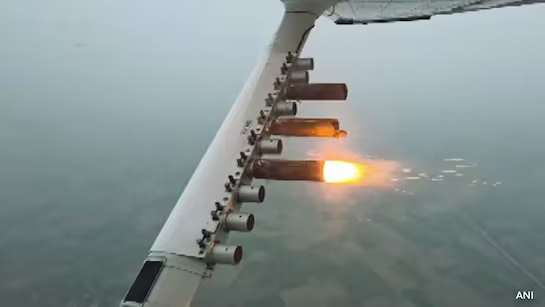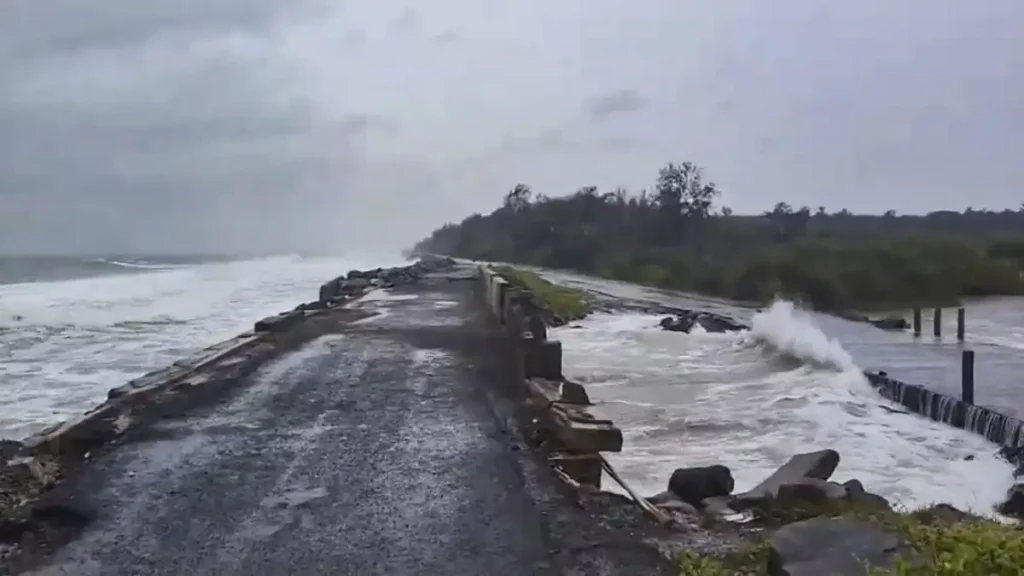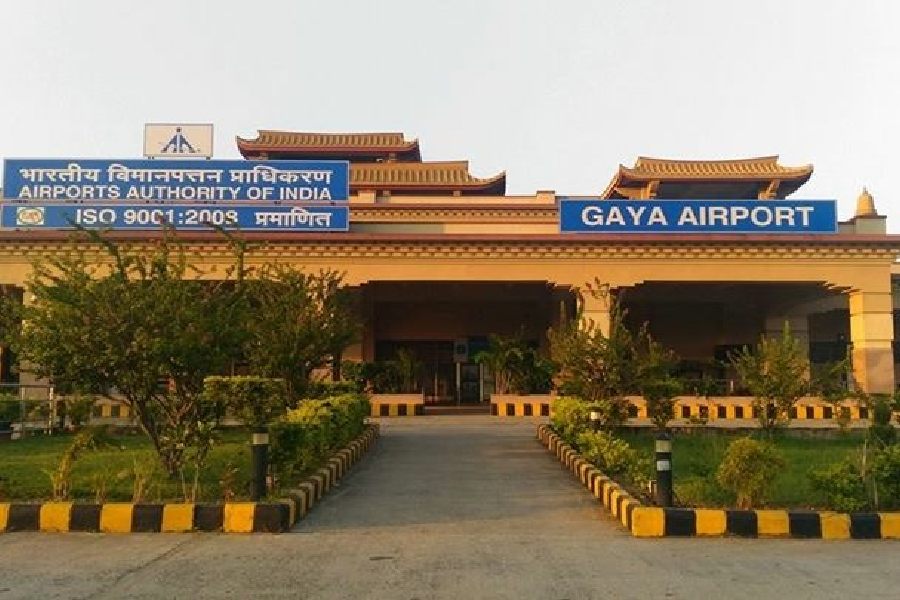Now Reading: Flash Floods Ravage Dharali Village in Uttarkashi: Rescuers Race Against Time
-
01
Flash Floods Ravage Dharali Village in Uttarkashi: Rescuers Race Against Time
Flash Floods Ravage Dharali Village in Uttarkashi: Rescuers Race Against Time
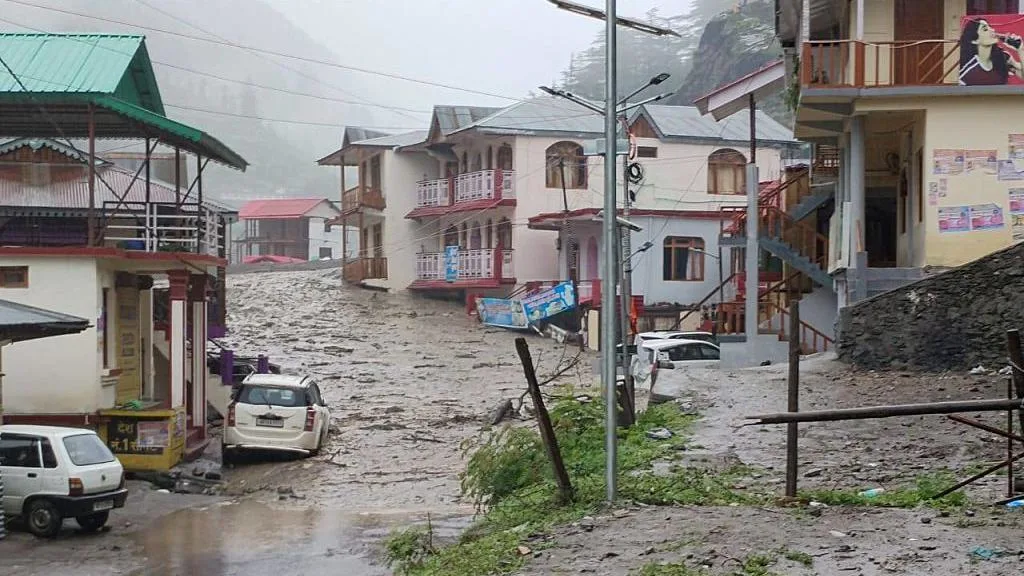
A sudden cloudburst near the Kheer Ganga river triggered devastating flash floods in Dharali village on August 5, sweeping away homes, shops and lanes in minutes. At least four people have been confirmed dead, while many others remain missing. With the Gangotri route blocked and local infrastructure destroyed, authorities have launched emergency rescue operations to find survivors and assess the loss.
Introduction
An intense cloudburst in Uttarkashi’s high-altitude Dharali set off fierce flash floods that laid waste to buildings, roads and pilgrim routes. Residents fled as swiftly rising waters demolished parts of the village and several hotels. The incident underscores the instability of mountainous terrain during monsoon, placing remote communities at serious risk.
Scale of the Disaster
Floodwaters destroyed homes, shops, and accommodation facilities in Dharali, a key stopover en route to Gangotri Dham. More than a dozen hotels and homestays were washed away, leaving hundreds stranded. Local livestock, including 18 goats in nearby pastoral areas, were also swept off by the torrent.
At least four deaths have been confirmed while officials fear many more could be trapped beneath the debris.
Rescue Response Underway
Teams from the NDRF, SDRF, Army, ITBP and local administration have been deployed in full force. Helicopters, heavy machinery and tracker dogs are engaged in the search. Till late Tuesday, approximately 130 people were evacuated, and clearance efforts are ongoing on the Uttarkashi–Harsil road, which was blocked by landslides.
Government Coordination and Priorities
Chief Minister Pushkar Singh Dhami personally surveyed the site via helicopter and directed relief efforts on the ground. Prime Minister Modi spoke with the CM, assuring all possible assistance, while Union Home Minister Amit Shah ordered deployment of additional rescue teams. Camp shelters have been set up and schools in affected districts have been closed amid continuing rainfall.
Tier-2 Cities: Why It Matters
For smaller cities, this disaster reinforces concerns about the impact of extreme weather on remote communities. Uttarakhand is a familiar destination for many pilgrim travelers. The destruction of roads, lodging and local markets sends an economic shock felt well beyond the hills—reminding Tier-2 India that connectivity and climate resilience are intertwined.
Broader Implications
The Uttarkashi event mirrors the 2013 floods—both driven by sudden cloudbursts with high human and infrastructural toll. Experts point to rising frequency of such incidents, linked to climate change and unplanned development. Managing monsoon risk in hilly terrain will remain critical to avoid repeating past tragedies.
Conclusion
As waters recede and rescue continues, the priority remains saving lives and restoring basic services. Dharali’s devastation is a sharp reminder of the unpredictability of mountain weather, and the importance of preparedness. In the coming days, states and central agencies must ensure timely relief, transparent assessments and long-term strategies to safeguard vulnerable regions








